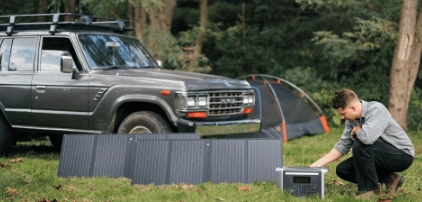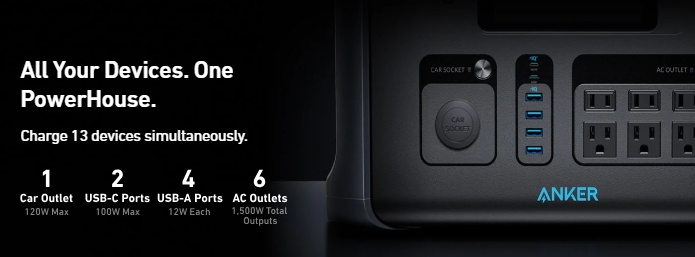Understanding watts is essential for managing energy consumption effectively in our homes. Watts (W) serve as the standard unit for measuring how much electrical energy an appliance uses, which directly impacts our utility bills. However, many individuals have misconceptions about wattage, leading to confusion when choosing energy-efficient appliances or understanding energy bills. This article aims to clear up some common myths surrounding watt units, especially the crucial distinction between amps vs watts, helping homeowners make informed decisions and foster smarter energy use.

Misconception 1: More Watts Always Mean Better Performance
One prevalent misconception is that higher wattage always translates to better performance. While it may seem logical to assume that more watts equal more power, this is not necessarily the case. For example, consider comparing a traditional incandescent bulb rated at 100 watts with a modern LED bulb that delivers the same brightness at only 10 watts. Despite the LED bulb's significantly lower wattage, it outperforms the incandescent bulb in energy efficiency and lifespan. Efficiency often depends on technology and design rather than wattage alone. Thus, when choosing appliances, it's crucial to evaluate their overall energy efficiency instead of relying solely on wattage ratings.
Misconception 2: Amps and Watts Are Interchangeable Terms
A common misunderstanding is the relationship between amps and watts, leading many to conflate these two distinct electrical concepts. While watts (W) measure the total power consumed by an appliance, amps (A), or amperes, measure the electrical current flowing through a circuit. To illustrate their relationship, we can use the formula: Watts = Volts x Amps. This means that the total power consumption (in watts) is a product of both the voltage (the electric potential) and the current (the flow of electricity). For example, consider a device operating at 120 volts and drawing 5 amps of current; its power consumption would be 600 watts (120V x 5A = 600W). Understanding this distinction is crucial for homeowners when assessing not only the power consumption of appliances but also the capacity of their electrical systems. If an appliance has a high wattage but operates at a low amperage, it may not overload your circuit. Conversely, a device with low wattage but high amperage can pose a risk if your electrical system is not equipped to handle it.
Misconception 3: Watts and Kilowatts Are the Same Thing
Another common misconception is that watts (W) and kilowatts (kW) are interchangeable. In reality, they are different units that measure energy consumption. A watt is a relatively small unit, whereas a kilowatt equals 1,000 watts. Understanding this distinction is crucial for managing electricity bills effectively. For instance, when you see an appliance rated at 1,000 watts, it is equivalent to 1 kilowatt. If you run this appliance for one hour, it consumes 1 kilowatt-hour (kWh) of energy. Knowing how to convert between these units helps homeowners better understand their energy consumption patterns and manage their electricity bills.
Misconception 4: Lower Wattage Always Saves More Energy
Many people assume that lower wattage automatically results in energy savings. However, this is not always true. While it's tempting to choose devices based solely on their wattage ratings, efficiency factors play a significant role. For example, LED bulbs may have a lower wattage than incandescent bulbs but produce more light output per watt consumed. Additionally, smart technology, like energy-efficient appliances with advanced features, can save more energy, regardless of wattage. Therefore, assessing the overall efficiency of devices rather than merely their wattage is essential for ensuring long-term energy savings.
Misconception 5: Watt-Hours and Watts Are the Same
Another frequent misconception is the belief that watt-hours (Wh) and watts (W) are the same. While both terms relate to energy, they represent different concepts. Watts measure power, while watt-hours measure energy consumption over time. For example, a 60W light bulb running for 5 hours consumes 300 watt-hours (60W x 5h = 300Wh) of energy. Understanding this difference is critical for managing daily energy use effectively, as it helps homeowners gauge how much energy appliances use over time and make better decisions regarding energy consumption. This distinction also allows homeowners to track their energy usage more accurately, helping to identify high-consumption appliances and optimize their energy efficiency.
Misconception 6: All Appliances Consume the Same Amount of Watts Constantly
Lastly, many homeowners assume that all appliances consume a consistent amount of watts throughout their operation. In reality, the actual power consumption of devices often fluctuates during use. Take a refrigerator, for example; it doesn't run its compressor continuously. Instead, it cycles on and off to maintain the desired temperature, leading to varying wattage during operation. Even versatile devices like the Anker SOLIX F1200 Portable Power Station, which provides a reliable power source with a maximum output of 1800W, exhibit variable power demands depending on the number and type of devices connected to it. Understanding these variable power demands is essential for accurate energy monitoring. By being aware of how and when appliances consume power, homeowners can make informed choices to enhance energy efficiency in their homes.

Conclusion
Debunking these misconceptions about watt units is crucial for empowering homeowners to make informed decisions about their energy use. By understanding the differences between watts and amps, recognizing the significance of kilowatts, and grasping the relationship between watt-hours and actual energy consumption, individuals can better manage their home energy efficiency. This knowledge enables the selection of energy-efficient appliances and contributes to smarter energy decisions, ultimately leading to reduced utility bills and a more sustainable lifestyle.